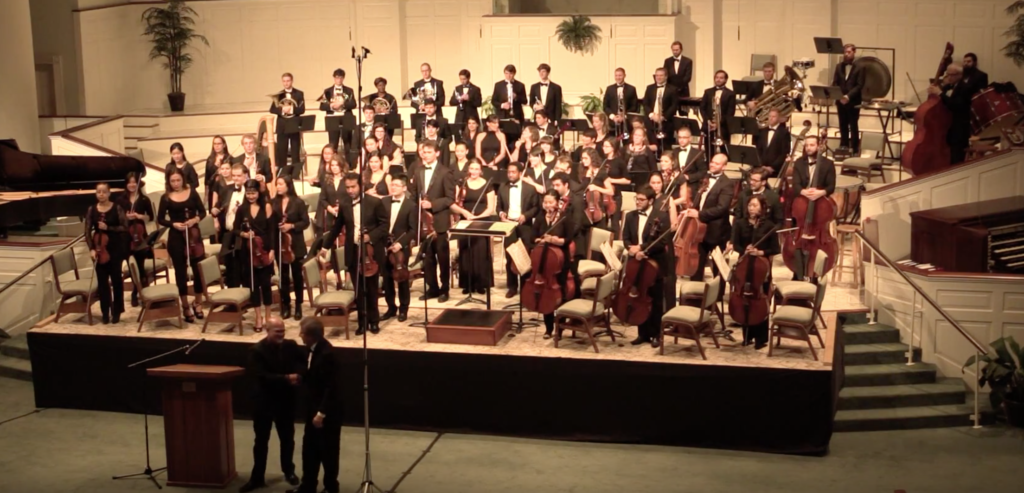Discovery 500 proved to be a solid and sensuous exercise, a cleverly orchestrated piece with striking instrumental combinations, with bracing buildups of sound, with intriguing developments toward tension and release … It is a quality work, creative in conception, provocative to hear.
The Herald Times, Bloomington, IN, 1992
Imagen de Luz condenses some of the most outstanding styles of composition utilized by distinguished masters of this century, producing a coherent musical image achieved by the excellent orchestration, the restricted use of percussion, giving the sensation of a healthy cinematographical rhythm, alternating tutti passages of great force with delicate solos (flute and harp). Totally evident, Tenreiro has nurtured himself from the concerto form and the orchestral findings of Stravinsky, the wise distribution of Mahlerian bridges, attaining a work that is his very own and that, without a doubt, seems to open a new space in national compositional art.
El Nacional, Caracas, 1991
Tenreiro-Vidal is a good orchestrator and has a special identification for the string section, where he focused the center of the tensions and releases of the rhythmic event. Imagen de Luz pleasantly envelopes us in a pointillistic writing which evokes the French painter Seurat. Truly, the Neoclassical traits and those of historic Americanism (Stravinski/ Copland) are present as the fount of his musical thought. In addition, the incessant repetition of the fugal writing, more frequent than the contrapuntal, makes it seem proper to “Minimal Art.” Hence, the peculiar sonorous world of Tenreiro-Vidal.
El Diario de Caracas, 1991
It is a pleasure to come close to the work of Tenreiro-Vidal… This young creator makes efficient use of the instruments to communicate a well structured musical thought with adequate coherence. He does not use grand orchestral masses for the pleasure of mere sonority or just for attention sake. He is neither exaggerated nor bombastic. He can thin his texture creating a transparent and light atmosphere. He is economical in his means. This is the reason why his loquacity makes sense when it is made present … His language possesses personal merits.
El Nacional, Caracas, 1990
Without underestimating the national participants in the “IV Forum of Composers from the Caribbean Countries,” Tenreiro-Vidal is perhaps the Venezuelan contribution that causes most pride … (He is) one of the most outstanding assets in our spectrum of musical writers.
El Globo, Caracas, 1992
The young Venezuelan composer, Alfonso Tenreiro, was in the audience for the U.S. premier of his Concertino for Harp and String Orchestra (1986). The success of the work depends upon the leanness of the orchestration … What results is a work that gains unity from its rhythmic patterns … The listener could at first hearing find enough in the music to make it understandable … It is greatly to the credit of Tenreiro that he composed a work of immediacy in such an idiom. While the future of solidly atonal works is uncertain, his is a statement on the plus side for this mode of musical speech.
The Star-Ledger, New Jersey, 1989
Composed originally for oboe, trumpet and string quartet for his brother’s wedding, the work was revised for the orchestra and is beautiful, lyrical and completely contemporary… It has great expressive range. The trumpet solos bring out folk and jazz notes; brief passages of dissonance link trumpet and oboe interaction, often with strings coming under beautifully to create suspense. The overwhelming mood combines longing and compassion. The work shimmers, has delicacy, strength, and transparent lyricism.
The Evansville Courier, Indiana, 1997

